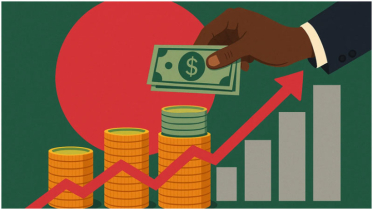Asia's manufacturing sector slows as US tariffs weigh on demand

Factories across Asia struggled to gain momentum in October as weak US demand and renewed tariffs under President Donald Trump dampened orders across the region, according to business surveys released Monday.
While Trump’s recent visit to Asia helped ease some trade tensions with major manufacturing economies such as China and South Korea, exporters remain wary about the outlook for US demand.
Private-sector purchasing managers’ indexes (PMIs) for October showed manufacturing activity expanding at a slower pace in China and contracting in South Korea, with export orders in both countries declining.
China’s official PMI data released Friday confirmed that factory activity fell for the seventh consecutive month, signaling that the earlier rush to export ahead of new US tariffs had run its course.
“The PMIs suggest China’s economy lost some momentum in October, with slower growth in both manufacturing and construction,” said Zichun Huang, China economist at Capital Economics. “Some of this weakness could reverse in the near term, but any export boost from the recent US-China trade deal will likely be modest, and broader growth headwinds will persist.”
Cautious optimism on tariff progress
During talks in South Korea last week, Trump and Chinese President Xi Jinping agreed to de-escalate trade tensions by delaying reciprocal tariffs for a year. However, analysts said the agreement does little to resolve the deeper structural issues dividing the two countries.
Beijing policymakers are now watching closely to see if China’s $19 trillion economy can stay on track to meet its 2025 growth target of around 5 percent without relying on additional stimulus measures.
Trade data for September showed China’s exports rising faster than expected, though the increase was largely driven by shipments to new markets as exports to the United States plunged 27 percent year-on-year.
South Korea also reached a trade agreement with the United States last week that secured lower tariffs on Korean goods, though economists described it as a compromise designed to prevent further losses in global competitiveness.
Elsewhere in Asia, factory activity continued to decline in Malaysia and Taiwan, while Vietnam and Indonesia saw moderate improvements in their manufacturing sectors.
.png)




